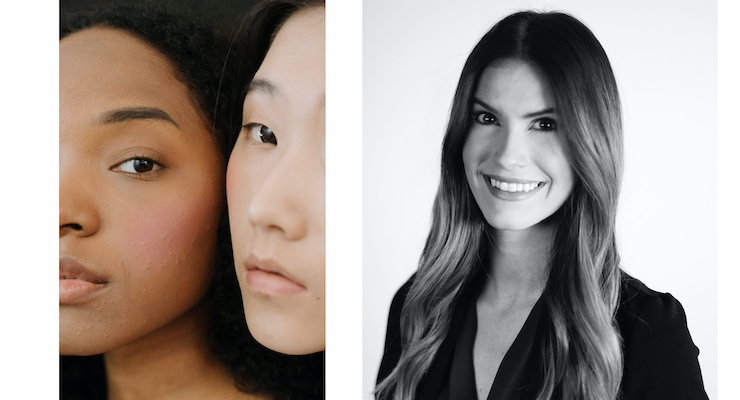Clare Hennigan, Senior Beauty Analyst at Mintel07.06.21
Although the beauty industry has made strides in recent years to be more inclusive, key audiences in the beauty space still feel underrepresented – both in marketing materials and in having equitable access to products that meet their needs.
Furthermore, 73% of U.S. adults agree the beauty industry plays on women’s insecurities, and 72% agree society’s idea of beauty is too rigidly defined. There are opportunities to evolve away from these negative perceptions by inspiring and empowering consumers and by making beauty more accessible to all.
Diversity Drives Inspiration & Encourages Support
63% of Americans say they are inspired by beauty brands that show diversity in advertising. Consumers want to see diversity in beauty ads because it “reflects real life” (68%) and because it “shows that there are different ways to be beautiful" (56%).Successful brands recognize that demonstrating a strong and authentic commitment to diversity and inclusion, via employment, product development and marketing efforts, can help drive inspiration and win support. In fact, over the past year, 21% of adults who use beauty products have sought out beauty brands that promote diversity and 20% have paid more for a beauty product from an inclusive brand.
To make a real impact and inspire consumers, brands must be authentic in their approach. Diversity in beauty is not a marketing tactic – it’s an essential practice that requires brands to listen and collaborate with members of communities they hope to reach to ensure successful and meaningful products and campaigns. Inclusion is an ongoing (and necessary) process that needs to be considered during every phase of the product development process.
Inclusive Package Design
The majority of consumers prioritize inclusivity when it impacts them the most. For instance, adults aged 55+ are more likely than their younger counterparts to consider brands whose products “represent a variety of age-related needs” as inclusive. Since people have a tendency to care about issues that impact them most, it benefits brands to have a diverse workforce to prevent potential barriers that may limit reach.Choices like product packaging, for instance, can create barriers to use when brands do not consider the needs of individuals with physical or visual impairments. 57% of adults agree that there needs to be more beauty products for people with mobility challenges. Specialized packaging can help make tasks like painting nails and applying makeup more accessible to all.
Packaging plays a key role in communicating brand values. 19% of beauty product users agree “packaging that supports disabilities” indicates that a brand is inclusive and 35% of adults who look for/shop from diverse/inclusive brands find out about them from product packaging. Inclusive packaging helps brands expand reach and stand out in the competitive landscape.
Photos: (L) by cottonbro via Pexels; (R) the author, Clare Hennigan, sr beauty analyst at Mintel




























